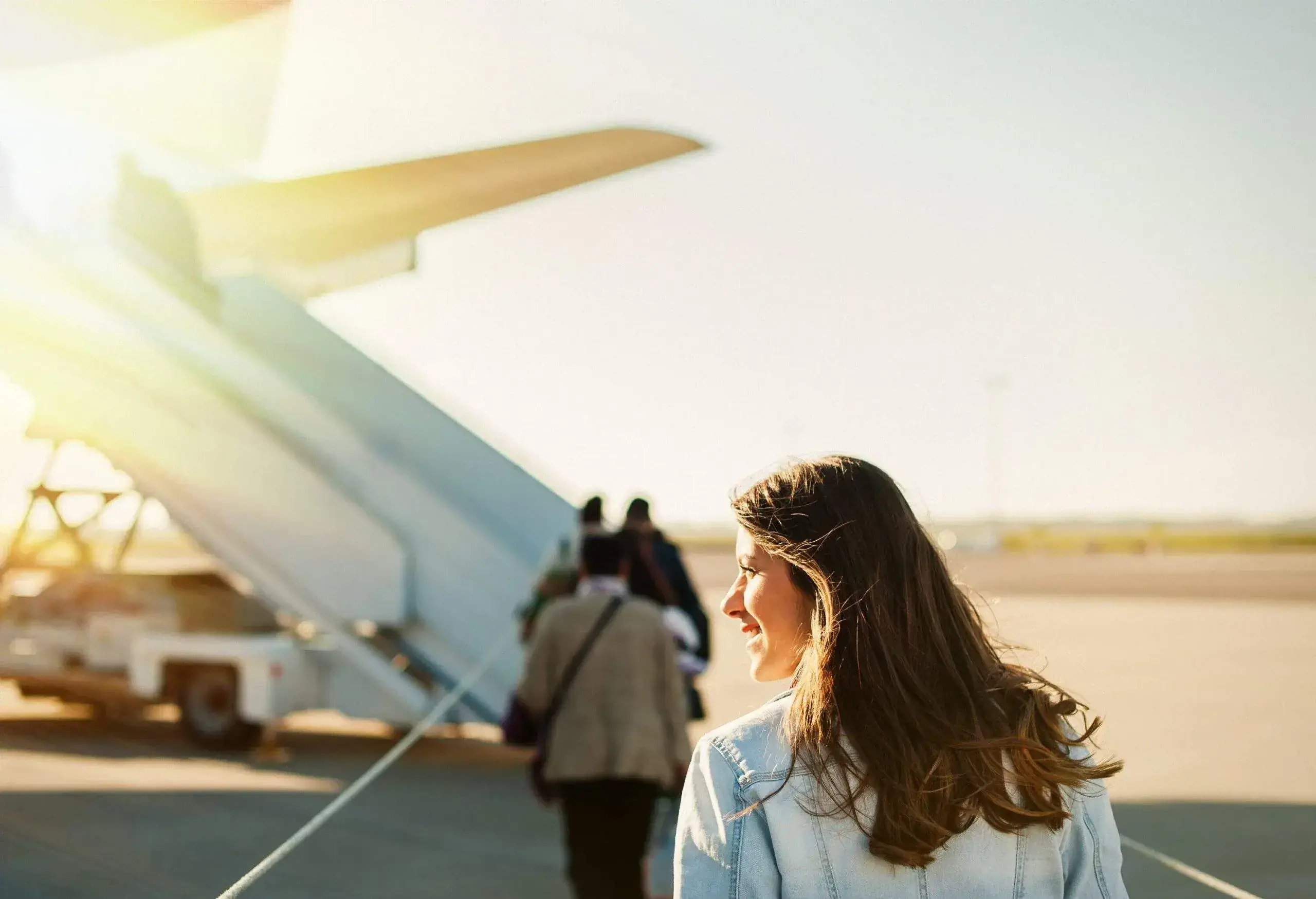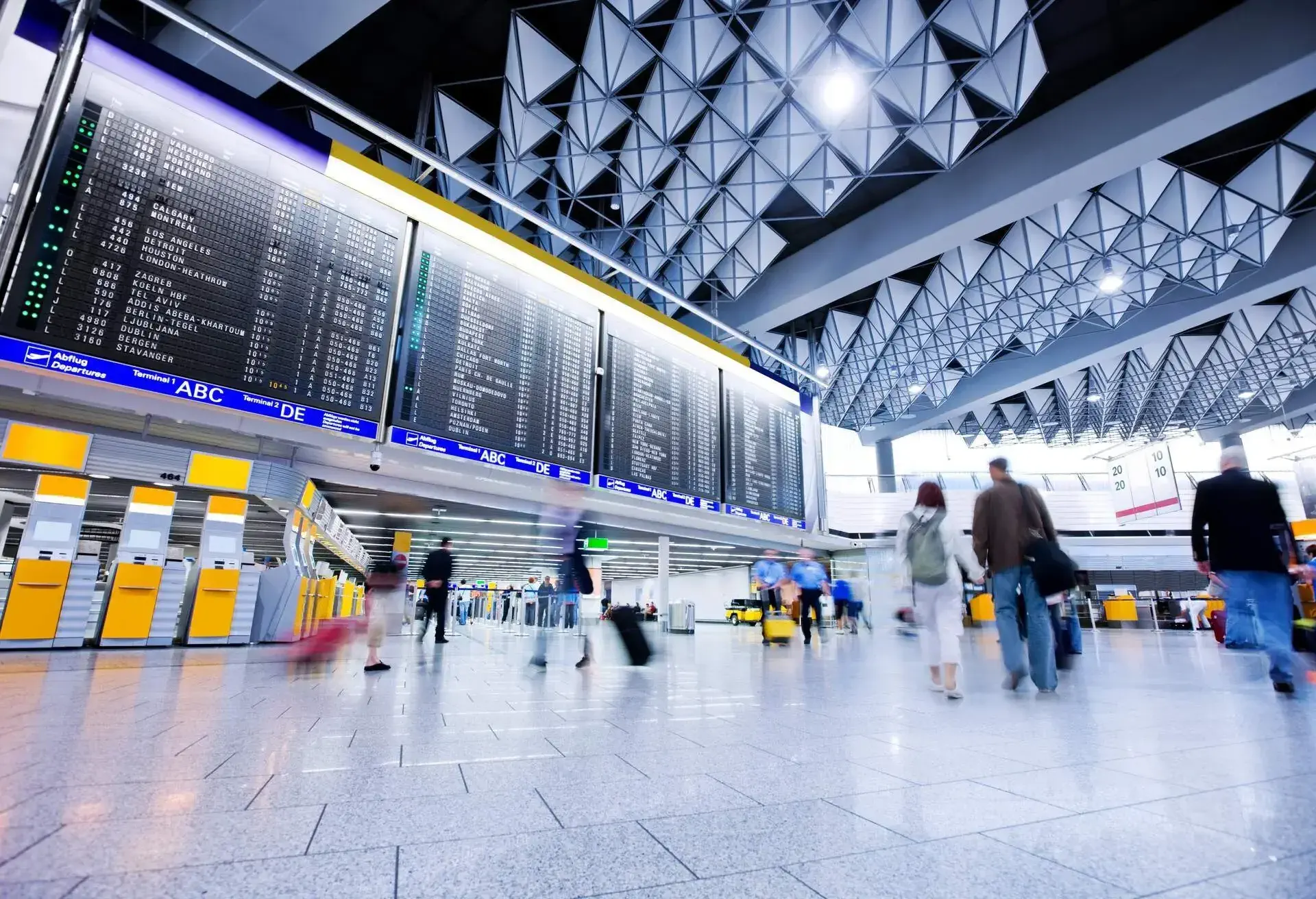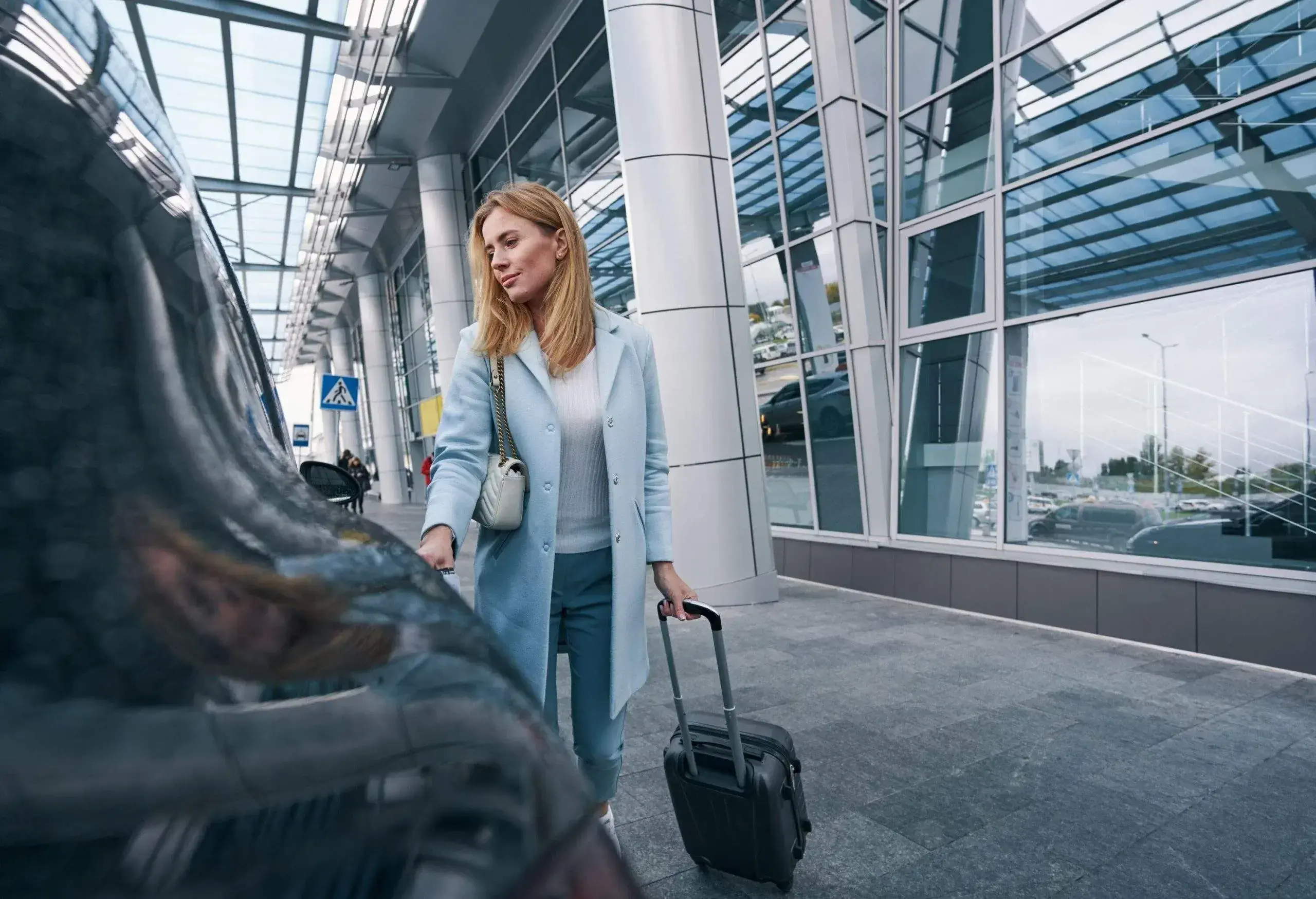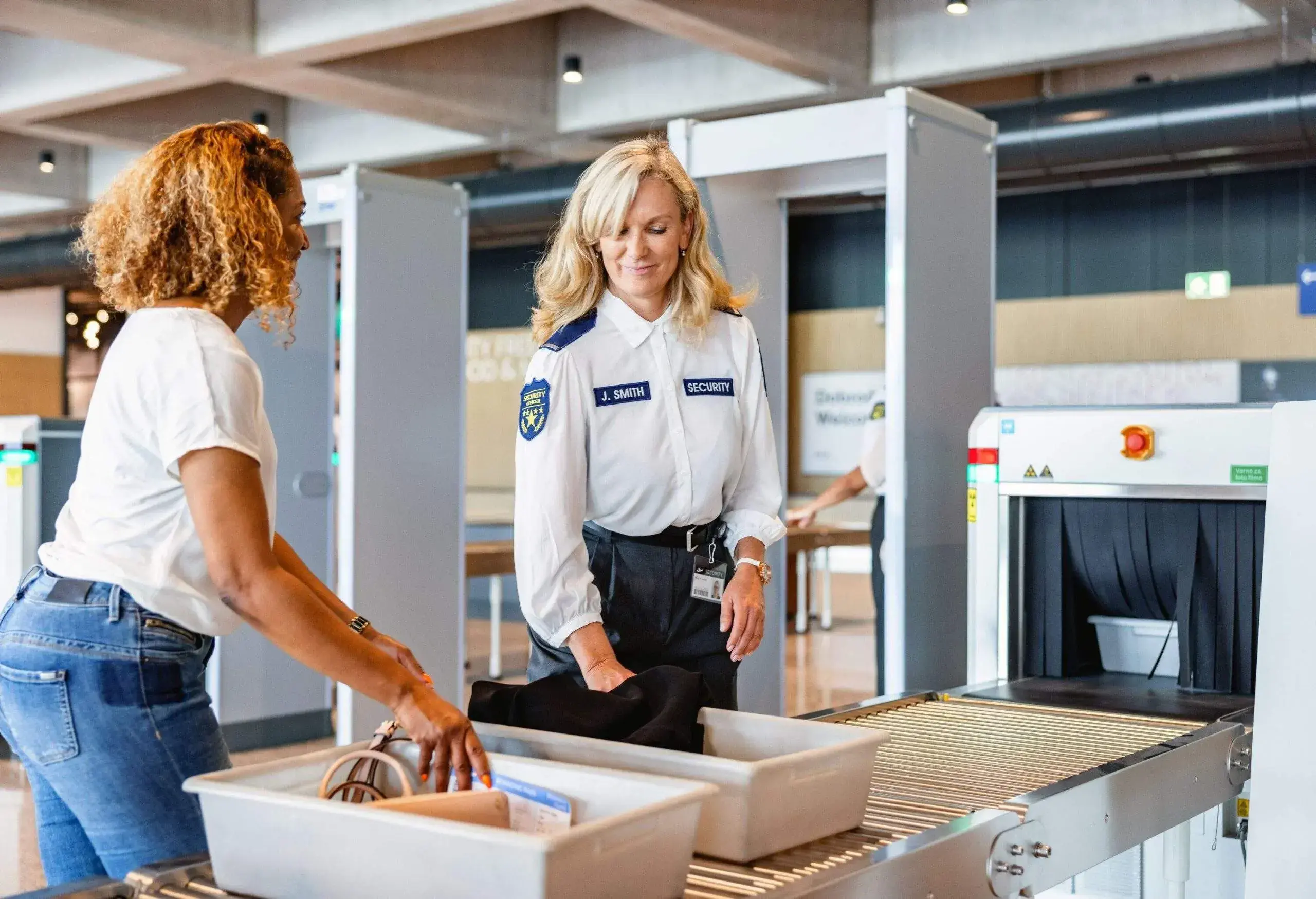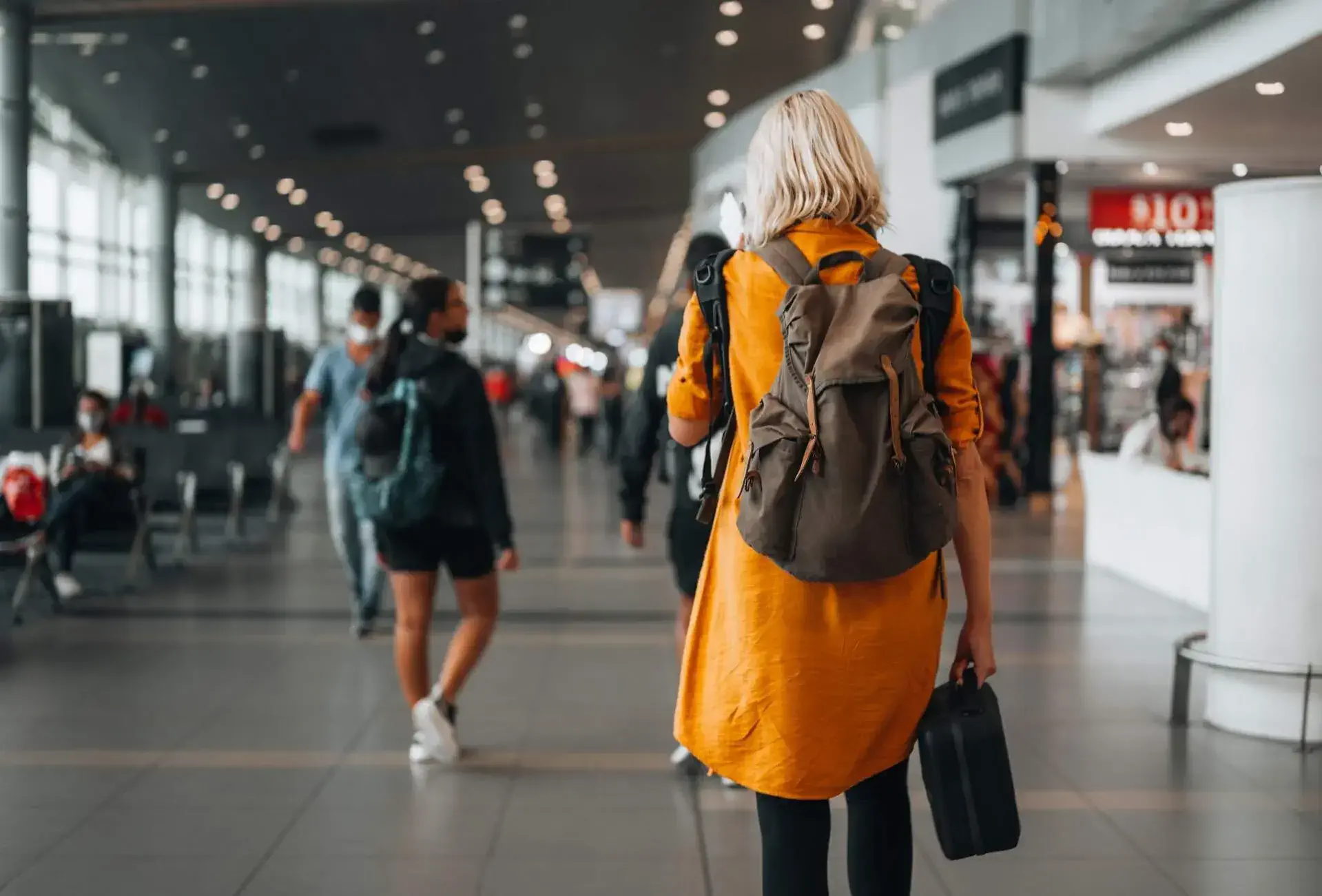No need to worry about whether you'll make your connecting flight in time or miss your check-in. We've asked our travel experts to answer travellers' most common airport questions, so you can breeze through your next airport experience.
Airport tips to get you on your way
Getting through the airport can be a harrowing experience if you don't have the right moves. Read through these suggestions and arrive ready to enjoy your airport experience.
Airport aprons
From inside most airports, you can look out through banks of windows on airport aprons. You’ll see planes lined up at the gates and lots of busy workers on the ground. There are aircraft jet bridges being rolled into position and pulling away from full planes. Passengers are boarding and deboarding. Baggage handlers are loading and unloading suitcases. Planes are being refuelled and inspected.
It’s all taking place in what are officially called airport aprons. You may also hear them called ramps or flight lines, and they’re the areas where planes park, load and unload.
Airport aprons are distinct from taxiways and runways. Taxiways are the routes planes travel along to get to and from the runways, where they take off and land.
If you travel in the US, you may also hear the word ‘tarmac’ used in place of apron. Although it’s not an official term, it’s become quite commonplace. In particular, the term ‘tarmac delay’ is often used in the media (even in the UK). It refers to those dreaded delays where you board the plane in the apron, don’t move an inch and then aren’t allowed to get off if the wait is less than five hours.
Airport codes
MAD. MAN. FRA. NCE. You’ll see three letter codes like these on your airline flight reservations, boarding passes, checked bag tags, and on airport and airline websites. You may even see it on caps, mugs, socks and other swag handed out at airports.
These letter combinations are the official airport codes. Almost every commercial airport in the world, large or small, has just such a unique three-letter code. They’re assigned by the International Air Transport Association (IATA) alongside a four-letter code assigned by the International Civil Aviation Organization (ICAO). These codes work like a shorthand system to quickly and easily distinguish one airport from another. You’ll mostly see and use the three-letter IATA airport codes during your travels. It’s pilots and air traffic controllers that use the four-letter ICAO airport codes.
Many three-letter airport codes are clearly linked to their city name. Think MAN for Manchester airport and MAD for Adolfo Suárez Madrid-Barajas Airport. Others get their code from the airport’s namesake. So the code for the French capital’s Paris Charles de Gaulle Airport, for example, is CDG.
Ripe with opportunity for wordplay, some enthusiastic travellers have been inspired to take trips by the codes themselves. Fly Frankfurt to Nice and your codes will spell FRA – NCE. Travel a little further from Hamburg to Burbank Bob Hope to Rafael Cabrera Airport in Cuba and you can treat yourself to a HAM – BUR – GER! Curious about the code for an airport you’re visiting? You can look it up by name or code on the IATA website.
Airport gate
The airport gate is the area where you wait to board your flight. It’s often called a boarding gate. You’ll find the assigned gate number for your flight on your boarding pass or posted on the flight information screens in the terminal. In large airports, the trek from the main terminal to your gate might be a 15 or 20-minute walk, so make sure to check you have the right gate and give yourself time to get there. Listen out for announcements too, as gate numbers do change from time to time.
In the gate area you’ll usually find an information board with details about your flight, including scheduled boarding and departure times. Messages about delays and other flight details may appear here as well.
Gate agents should arrive at the gate 45 minutes to an hour before the flight is scheduled to leave. They take care of a myriad of flight details, including finalising seating for upgraded and standby passengers, and answering questions. They’ll then check boarding passes as passengers file onto the plane for, hopefully, an on-time departure.
In some, especially older, airports, the gate areas are sparse rooms or open spaces off the concourse with hard seats. It’s more comfortable to spend most of your pre-flight time in the shops or restaurants nearby.
Airport security check
Before you board a commercial flight, you and your luggage must go through an airport security check. In the UK, airport security is overseen by the Civil Aviation Authority.
Say goodbye to friends and family, scan your boarding pass and you’ll step into the airport security check. You’ll almost always have to queue, of course. While waiting, get ready by emptying your pockets and water bottles, and removing jewellery and belts. If you have a jacket, put everything in one big pocket so it’s easier to offload and collect again. You’ll need to take electronics like laptops and tablets out of your bag and into their own tray. Bottles of liquids must be smaller than 100ml (almost empty big bottles aren’t allowed) and all fit into a single clear plastic bag that meets size regulations. You can pick these up on the way into security at most airports.
Your luggage will go through a state of the art X-ray scanner to check for prohibited or suspicious items. Some of the latest C3 scanners don’t require you to take liquids and electronics out, but the security will tell you if that’s the case. Very few airports, such as London City, have removed the 100ml rule for hand luggage altogether thanks to these new and improved scanners.
Airport terminal
An airport terminal is the building or collection of buildings where airline passengers go to board planes and where arriving passengers deplane. The airport terminal is where you can check in for your flight before you fly, if you haven’t already online. It’s also where you drop off checked luggage, pass through security and wait at the gate for your flight to take off.
If you’re arriving, you’ll pass through the terminal when you navigate customs and immigration (if you’ve flown internationally). It’s also where you’ll collect any checked luggage at baggage claim before heading on to your final destination.
Small airports usually have one main terminal with a handful of boarding gates. Larger airports may have a main terminal with boarding gates stretched out along several corridors or concourses. They may also have separate satellite terminals accessed by walkways, trains or buses. No matter its size, almost every airport terminal will also have shops, restaurants, bars, kids’ play areas, toilets and other facilities to keep you occupied while you wait.
Airport transfer
Airport transfers include shared, private and scheduled services all there to get you to and from the airport. Nowadays the term is also used as a catchall for transfers to other locations like hotels, cruises, ships, event venues and homes.
Airport transfers tend to be dedicated services. This means taxi and popular rideshare services aren’t categorised as airport transfers.
Private airport transfers
We’ve all seen them as we wander bleary eyed into the arrivals hall. Those people holding signs with names on them are pre-booked private airport transfer drivers, usually in high-end cars and even the odd swanky limousine. You can of course also book a private transfer when departing from your home to the airport as well. Typically more expensive than public transport and taxis or rideshares, private airport transfers are popular because they’re dependable and convenient. Particularly with business travellers who aren’t usually footing the bill.
If you’re joining a tour, cruise or high-end hotel, your booking may include a private airport transfer in a car or van. It’s always worth checking, just to make sure.
Shared airport transfers
Shared airport transfers include bus, coach and, in some places, train services. You can book a seat on a bus, coach or train that departs at a set time from a set place and sometimes will collect other passengers on route. Shared transfers run to and from almost every airport to nearby cities and transport hubs.
Shared airport transfers also include the complimentary shuttles often offered by hotels at or near airports. Most operate with a regular curbside pick-up schedule. Some ask you to call the hotel from the baggage claim to request a pickup, especially in off-hours. Note that some hotels, especially near busy cruise ports, charge for their shared shuttles. Lastly, some airports are so big they offer transfers between terminals. Almost always free, they’re usually buses but sometimes, for example at London Heathrow, you’ll need to take a train.
Baggage claim
The baggage claim or reclaim, sometimes called the baggage hall, is where arriving passengers go to reclaim the checked luggage that’s travelled in the holds of their planes.
In all but the smallest airports, unloaded bags are delivered from the plane to rotating conveyor belts known as baggage carousels, or luggage carousels, in the baggage claim area. Claiming your bag as it moves past can be a bit of a wrestling match as fellow passengers jostle for access. The proper etiquette is to stand back until you spot your bag and then move forward to pick it up. The reality is often very different! But if you miss your bag the first time, worry not, it will come around again.
Baggage claim areas can be huge with lots of carousels. Knowing which carousel will have your luggage can be tricky. Listen out in case a flight attendant announces it once you’ve landed. Or you may get an alert via the airline’s app if you have it downloaded with notifications turned on. Most reliable are the screens you’ll see as you enter the baggage claim. Look for your flight number or departure airport and you’ll see the relevant carousel number.
And the eternal question: how long does baggage claim take? The simple answer is, it’s anybody’s guess. It can depend on how big your plane and busy the airport is. And how many baggage handlers are working at the time. Even the weather can have an impact. While it may sometimes feel like your bags are taking forever to arrive, technology has undoubtedly sped the process up. As long as it’s working properly, of course.
Boarding a flight
Boarding a flight takes you from the waiting area at the airport terminal gate and onto the plane. You’ll need a boarding pass to board a flight. You can check in online and either print your boarding pass or save it digitally on your smartphone. You can also print your boarding pass at the airport from self-service kiosks or at your airline’s check-in counter. Once you’ve passed through security you can head to the gate assigned to your flight. You’ll find the gate number on your ticket and on airport information display screens.
Domestic flights usually start boarding about 30 minutes before departure. International flights can start boarding 45 minutes to an hour before, so give yourself plenty of time. Most airlines close boarding at least 15 minutes before departure. And while the plane may still be at the gate with the door open, you may be denied boarding if you’re late.
Different airlines have different approaches to boarding flights. Usually it’s by zones, groups, rows or seats. For efficiency, passengers are asked to approach the jetway entrance only with their assigned zone, group, row or seat. Although again, the reality is often very different with many people queueing for boarding regardless. First and business-class passengers usually board first, followed by premium and economy class passengers. Most airlines also offer early boarding to people who need assistance and parents travelling with young children.
When it’s your turn to board, have your passport ready to show and boarding pass ready for the gate agent to scan. Follow the walkway to the plane, find your row and seat number, store your bags overhead or under your seat and settle in for your flight. And remember not to block the aisle for other passengers trying to get past!
Check-in
Checking in for your flight can be as easy as making a few clicks on an airline app. Or it can mean standing in line for an eternity at the airport check-in counter. Checking in for your flight can be as easy as making a few clicks on an airline app. Or it can mean standing in line for an eternity at the airport check-in counter.
Checking in for your flight can be as easy as making a few clicks on an airline app. Or it can mean standing in line for an eternity at the airport check-in counter.
Checking in for your flight can be as easy as making a few clicks on an airline app. Or it can mean standing in line for an eternity at the airport check-in counter.
Customs & immigration
When you arrive on an international flight, you’ll need to show your passport at customs and immigration before you can leave the airport. When you arrive on an international flight, you’ll need to show your passport at customs and immigration before you can leave the airport.
When you arrive on an international flight, you’ll need to show your passport at customs and immigration before you can leave the airport.
When you arrive on an international flight, you’ll need to show your passport at customs and immigration before you can leave the airport. When you arrive on an international flight, you’ll need to show your passport at customs and immigration before you can leave the airport.
Hub airport
It would be great if you could fly non-stop from your home airport to any destination you want. Nowadays, that’s closer to reality than ever. Many major airports fly nonstop to more than 200 destinations, domestic and international. If not, you’ll need to use a hub airport.
For efficiency, most airlines operate on a hub and spoke system. Key airports serve as hubs, or main connecting points, for a network of flights on routes to and from other cities – the spokes. Unless you live near a big airport with nonstop flights to your destinations, you may have to connect or transfer using a hub airport to reach your final destination.
Depending on where that is, the time between connecting flights could be less than an hour or a whole lot longer. The frequent flyers among you likely know a few airport hub airports very well.
One or more airlines may use an airport as a hub, and major airlines operate with hubs at multiple airports. British Airways, for example, has its main hub at London Heathrow in the enormous Terminal 5, but also has hubs at London Gatwick and London City in the UK and many other airports around the world. Budget carrier EasyJet’s main airport hub is Luton Airport, but it also has a large Gatwick airport hub too
Delta Air Lines’ main hub is at Hartsfield-Jackson Atlanta International Airport (ATL), but it also maintains domestic hubs in Boston, Detroit, Los Angeles, Minneapolis-St. Paul, New York (JFK and LaGuardia), Salt Lake City and Seattle. And United Airlines’ domestic hubs are Chicago (O’Hare), Houston, Los Angeles, Newark (EWR), San Francisco, and Washington (Dulles).

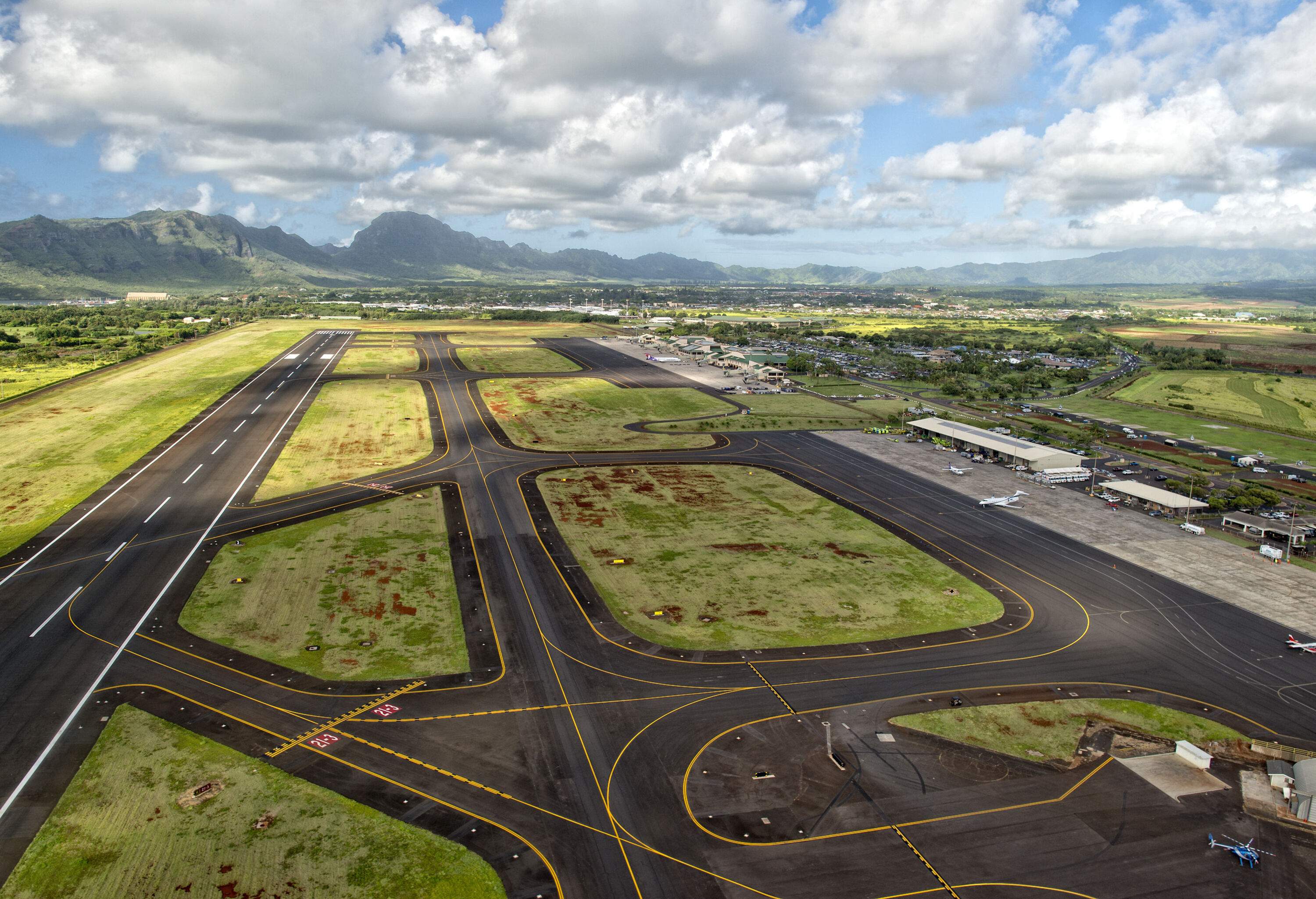
Travel experts reveal their best secrets
Discover the most effective hacks for making your airport-to-airport journey smooth and enjoyable – from travel industry heavyweights Harriet Baskas and Blane Bachelor.
1. Preparing for a layover
If your airport layover is short, study the airport terminal map before landing so you won’t stumble around searching for your next flight’s gate. During a layover of a few hours, you may be tempted to park yourself in one spot.
You’ll have more fun if you review the airport’s website (or visit an information desk) and treat yourself to a nice sit-down meal, an in-airport art tour, a day pass to a lounge, or some private work or nap time in a short-stay airside hotel.
You might also visit an airport yoga studio, an outdoor observation deck, or a spa offering massages, manicures, and other salon services.
2. What to wear at the airport
Many travellers put a lot of thought into what they’ll wear for a long flight. But one of my best airport hacks is to make sure you also dress for the airport before even boarding a flight.
First off, if – like me – you prefer not to check in a bag whenever possible, you can save space in your hand luggage by wearing an extra layer or two. One essential for nearly every trip I take is my denim jacket. The perfect blend of fashionable and functional, it goes with just about any outfit. But its pockets are my airport secret hack, specifically the two inner ones. They’re ideal for stashing must-haves, like boarding passes, phones, and passports.
Another crucial aspect of what to wear for a comfortable, stress-free airport experience is the right footwear. For me, that’s trainers almost every time. If you need to remove them for security, you can just pop them right back on, no hassling with laces. That convenience is great for the flight too: easy to take off when you’re at your seat, simple to put back on when you need to use the toilet or stretch your legs.
Flight status info, airport maps, and other info for popular airports.
Disclaimer: Information is correct as of 07.05.2024 and may vary with time.



